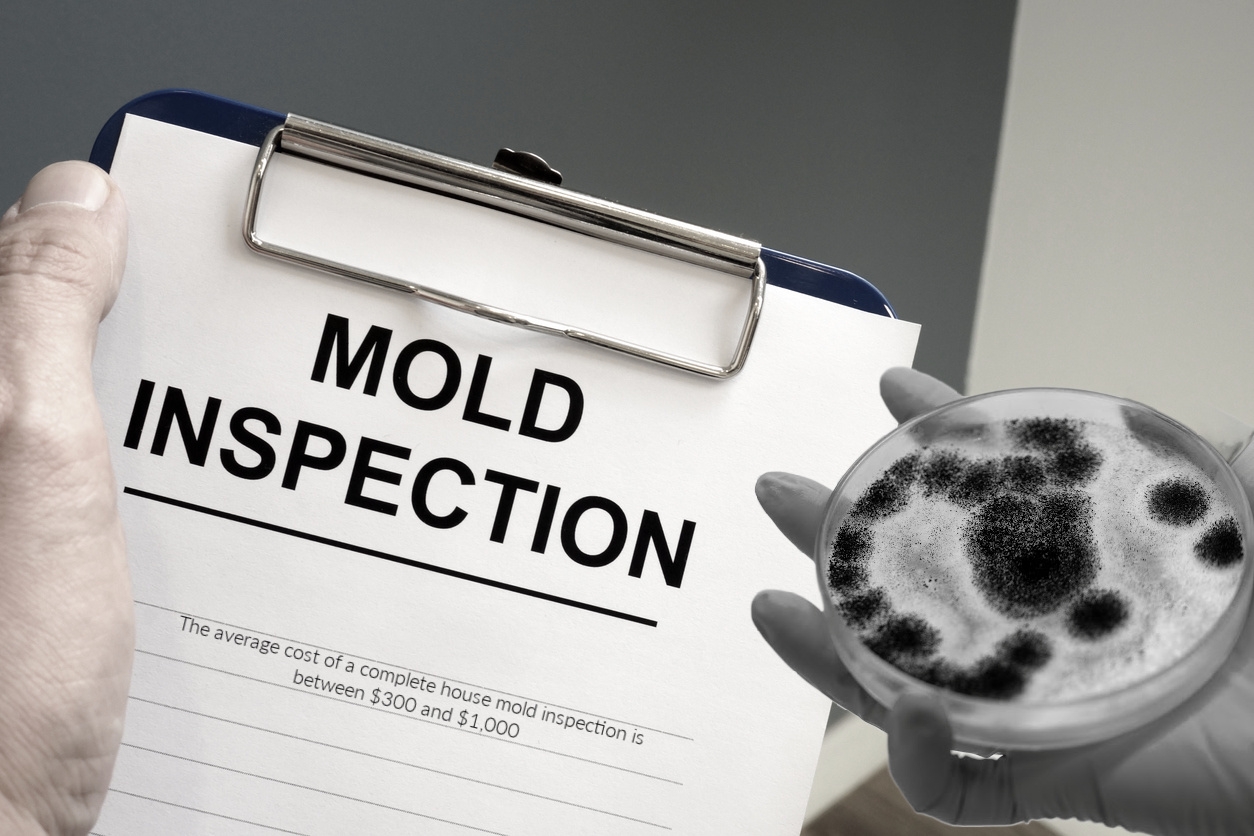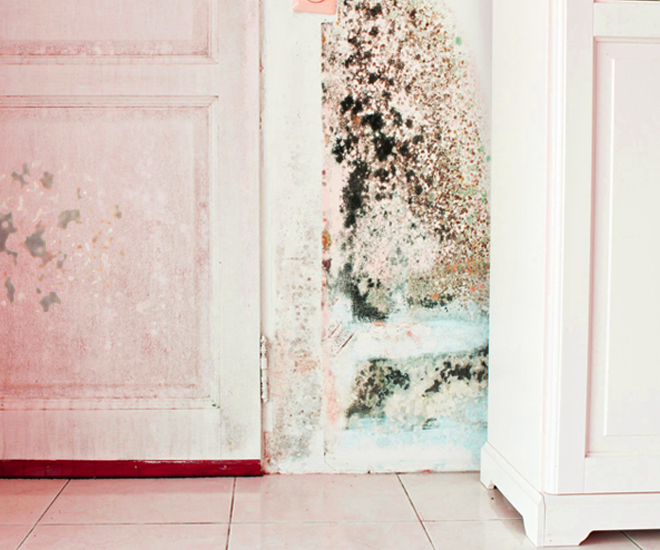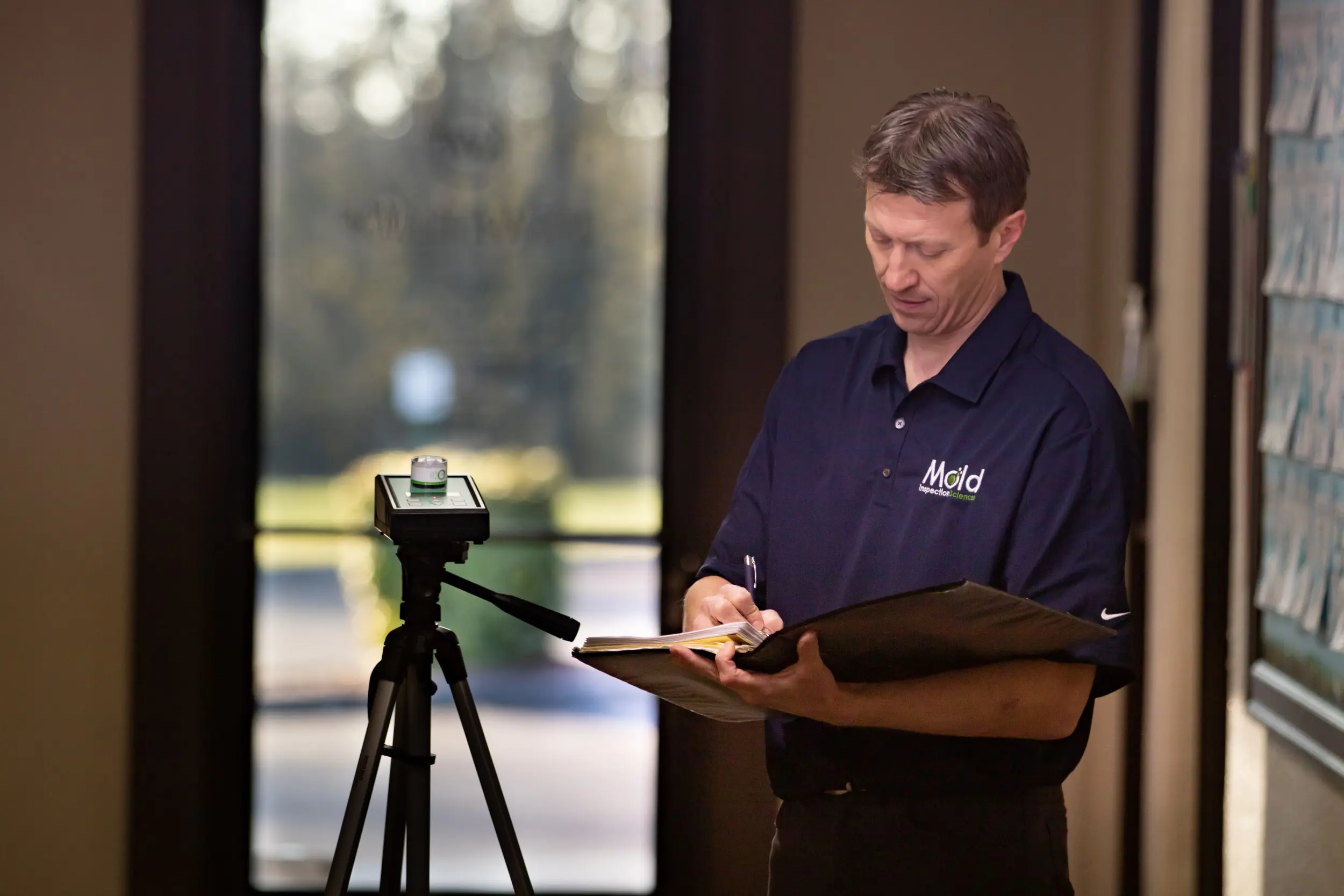Testing Air Quality After Mold Remediation
Testing Air Quality After Mold Remediation
Blog Article
Your Ultimate Guide to Post Mold Removal Methods
Navigating the world of post-mold removal strategies is a precise procedure that demands attention to information and a thorough understanding of the intricacies involved. In the after-effects of mold and mildew problem, understanding just how to efficiently eliminate the mold and prevent its reoccurrence is paramount for preserving a healthy and balanced interior setting. From picking the best cleaning and sanitizing approaches to applying methods for lasting mold and mildew prevention, each action in the remediation journey plays an essential function in guaranteeing a successful end result. As we start this exploration of post-mold remediation techniques, we will uncover the essential techniques and ideal methods that can aid you recover your space to its pre-mold problem and guard it versus future mold hazards.
Comprehending Post-Mold Removal Refine
After completing the mold removal process, it is important to recognize the post-mold removal strategies that are needed to ensure a effective and complete cleanup. When the mold and mildew has actually been removed, the next action involves cleansing and sanitizing the influenced areas to avoid any kind of regrowth of mold. This consists of making use of specialized cleaning up representatives to clean down surface areas and eliminate any continuing to be mold and mildew spores. It is important to dry out the area completely to prevent the development of mold in the future (testing air quality after mold remediation). Proper air flow and dehumidification can assist in this procedure.
Furthermore, conducting a final inspection post-remediation is vital to ensure that all mold and mildew has actually been effectively eradicated. If the inspection reveals any kind of lingering mold and mildew, added removal may be required.
Effective Cleaning Up and Sanitizing Approaches

Stopping Future Mold Development

Importance of Appropriate Ventilation
Correct air flow plays a vital role in stopping wetness build-up, an essential variable in mold and mildew growth within indoor environments. Reliable air flow systems help remove excess humidity from the air, decreasing the chances of mold spores locating the dampness they need to germinate and spread out. Without adequate air flow, interior spaces can come to be a breeding place for mold and mildew, bring about prospective health and wellness risks and architectural damages.
By making sure correct air flow, air flow systems can also assist in drying damp locations extra quickly after water linked here damages or flooding occurrences, even more preventing mold and mildew growth. Post Remediation verification. In rooms like shower rooms, kitchen areas, basements, and attics where dampness degrees often tend to be greater, installing and keeping efficient air flow systems is important in preventing mold infestations

Tracking and Maintenance Tips
Given the important role that proper ventilation plays in stopping mold development, it is vital to establish reliable surveillance and upkeep pointers to make certain the ongoing performance of ventilation systems. Routine evaluations of air flow systems should be performed to examine for any indications of blockages, leaks, or malfunctions that might hinder appropriate airflow. Surveillance humidity degrees within the home is likewise important, as high moisture can add to mold and mildew growth. Installing a hygrometer can help track moisture levels and sharp home owners to any type of spikes that might call for focus. Additionally, ensuring that air filters are frequently cleaned up or changed is vital for preserving the performance of the air flow system. Implementing a routine for regular maintenance tasks, such as air duct cleansing and a/c system evaluations, can help stop problems prior to they intensify. By remove mold in ceiling staying alert and positive to the problem of ventilation systems, homeowner can effectively alleviate the danger of mold and mildew regrowth and keep a healthy and balanced indoor environment.
Verdict
In verdict, post-mold remediation methods are crucial for making sure a tidy and risk-free atmosphere. Recognizing the process, carrying out effective cleansing and decontaminating approaches, protecting against future mold and mildew growth, keeping correct ventilation, and regular surveillance are all vital action in the removal process. By adhering to these guidelines, you can successfully remove mold and stop its return, promoting a healthy living or functioning area for all passengers.
In the consequences of mold and mildew infestation, knowing how to properly remove the mold and prevent its reoccurrence is vital for maintaining a healthy and balanced indoor atmosphere. Once the mold and mildew has been eliminated, the next action includes cleaning and decontaminating the impacted locations to protect against any regrowth of mold - testing air quality after mold remediation. After eliminating noticeable mold growth, it is essential to clean all surfaces in the affected area to get rid of find out here any type of remaining mold spores. To even more improve mold and mildew avoidance actions, it is important to deal with underlying concerns that originally led to mold and mildew advancement.Provided the critical role that appropriate ventilation plays in stopping mold and mildew growth, it is critical to establish reliable surveillance and maintenance suggestions to make certain the ongoing functionality of ventilation systems
Report this page